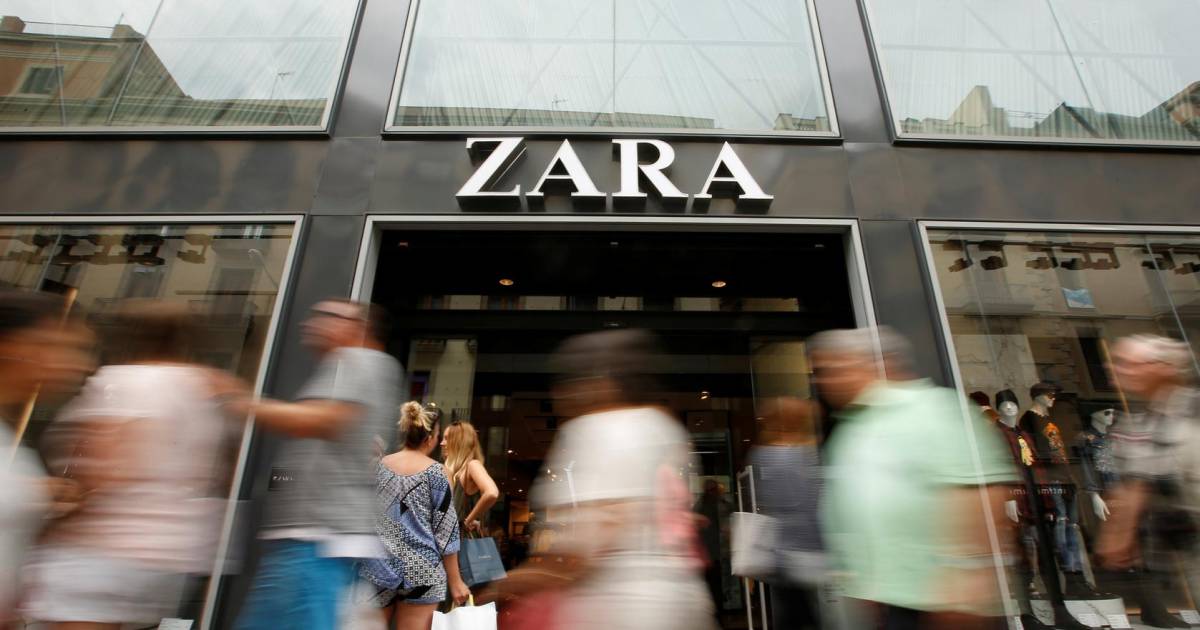Information asymmetry occurs in transactions where one entity has better or more information than the other party. Information sharing can help reduce problems resulting from asymmetric information, such as adverse selection effects and moral hazards (Notheisen & Weinhardt, 2018). Spier (1992) showed that asymmetric information leads to contractual incompleteness. Information asymmetries in Collaborative Networks, such as supply chains, cause costs, risks, and inefficiencies. A Collaborative Network (CN) is a network consisting of autonomous entities that collaborate to achieve a common goal. Symmetric information can help to increase transparency, reduces costs and bullwhip effects in collaborative networks (Schinle, Erler & Stork, 2020).
Therefore, more transparency and minimization of asymmetric information are needed, satisfiable through improved information exchange and coordination (Schinle et al., 2020). IT-enabled solutions should, for example, try to defeat both the seller’s incompetence to inaccurately describe a good and the seller’s unawareness of a good’s true quality in the market for “lemons” (Dimoka, Hong & Pavlou, 2012). Distributed Ledger Technologies (DLT) can create better quality collaborations in networks. The application of Distributed Ledger Technology, especially blockchain, has made its entrance into various business applications. The advantages of Distributed Ledger Technology are decentralization, increased data integrity, disintermediation, and consequently, lowers transaction costs (Xu, Weber & Staples, 2019). Accordingly, DLT has the capability to reduce information asymmetry in Collaborative Networks (Schinle et al., 2020).
Distributed ledger technology, for example, could automatically track through their lifecycles and provide reliable information at any point in time if needed (Notheisen, Cholewa & Shanmugam, 2017). Consequently, it would dissolve the problems related to information asymmetry in the market for “lemons” by providing equal information to both seller and buyer. Regarding collaborative networks, DLT applications can enable transparent global trading and symmetric information between all nodes in the network. Supply chains tend to be complex, with many stakeholders. Although they chase the same goal, they are often egocentric (Fu & Zhu, 2019). Therefore, efficient collaboration is complex. Not necessarily because of the lack of cooperation but often because cultural obstacles arise (Schinle et al., 2020). Thus, DLT would not only diminish information symmetry but also allows cooperation more efficiently within the collaborative network.
References:
Dimoka, A., Hong, Y., & Pavlou, P. A. (2012). On product uncertainty in online markets: Theory and evidence. MIS quarterly, 395-426.
Notheisen, B., Cholewa, J. B., & Shanmugam, A. P. (2017). Trading real-world assets on blockchain. Business & Information Systems Engineering, 59(6), 425-440.
Notheisen, B., & Weinhardt, C. (2018). The blockchain, plums, and lemons-information asymmetries & transparency in decentralized markets.
Schinle, M., Erler, C., & Stork, W. (2020). Distributed ledger technology for the systematic investigation and reduction of information asymmetry in collaborative networks.
Spier, K. E. (1992). Incomplete Contracts and Signalling. The RAND Journal of Economics, 23(3), 432. https://doi.org/10.2307/2555872
Xu, X., Weber, I., & Staples, M. (2019). Architecture for blockchain applications. Springer International Publishing.
Fu, Y., & Zhu, J. (2019). Big production enterprise supply chain endogenous risk management based on blockchain. IEEE access, 7, 15310-15319.


